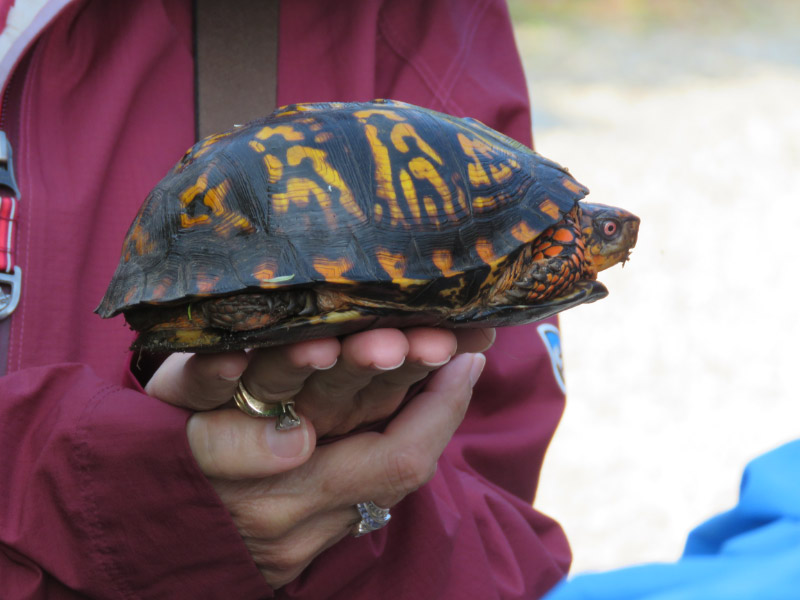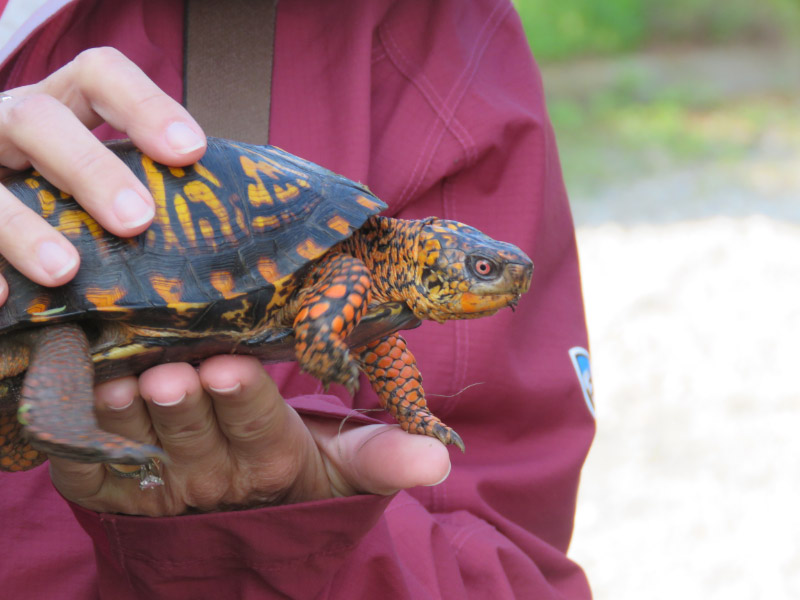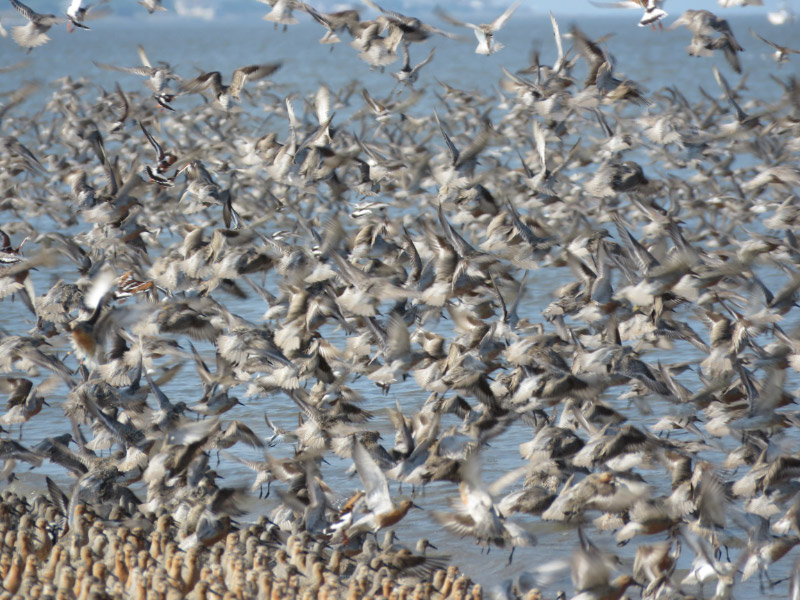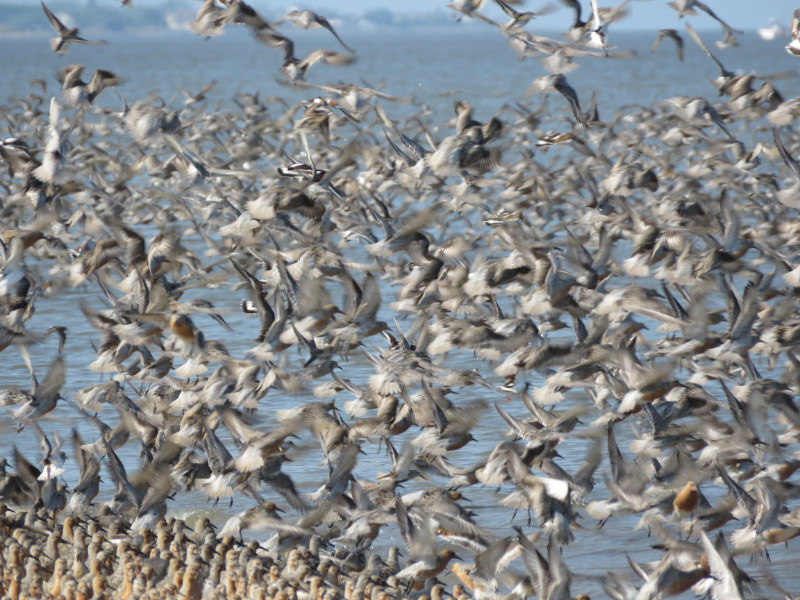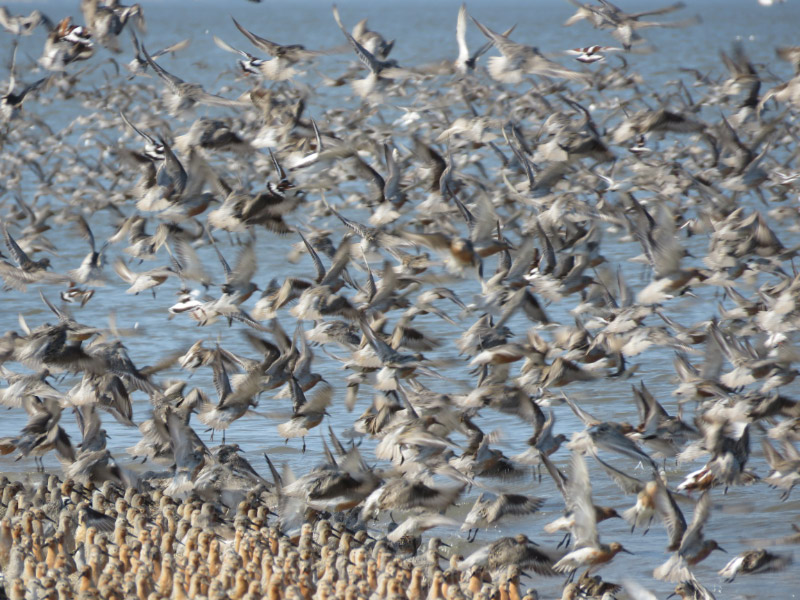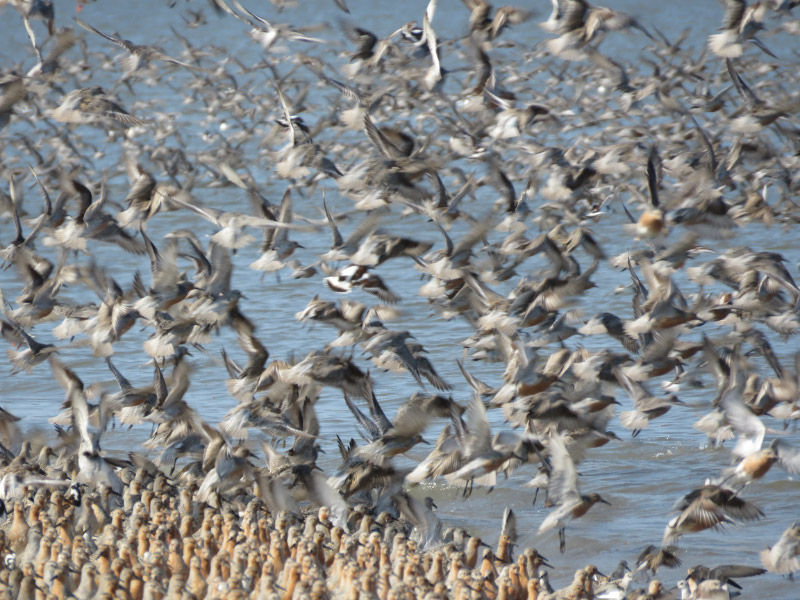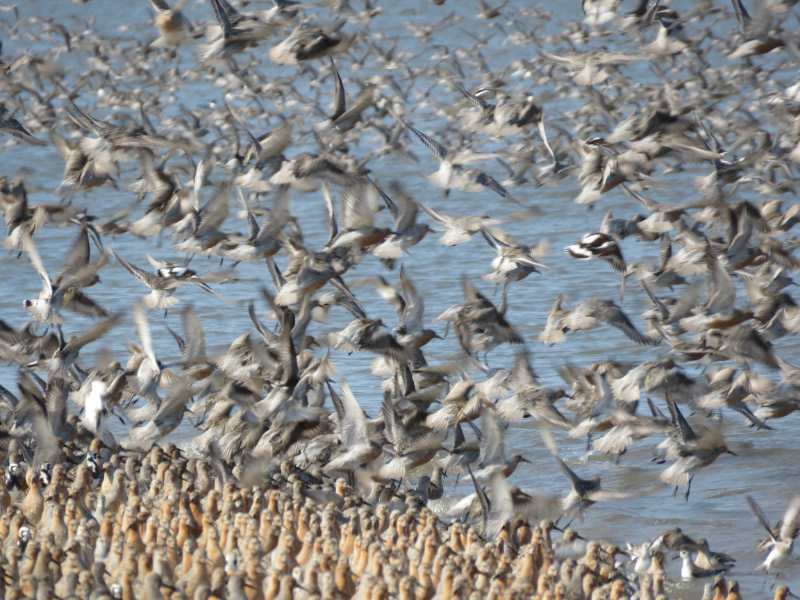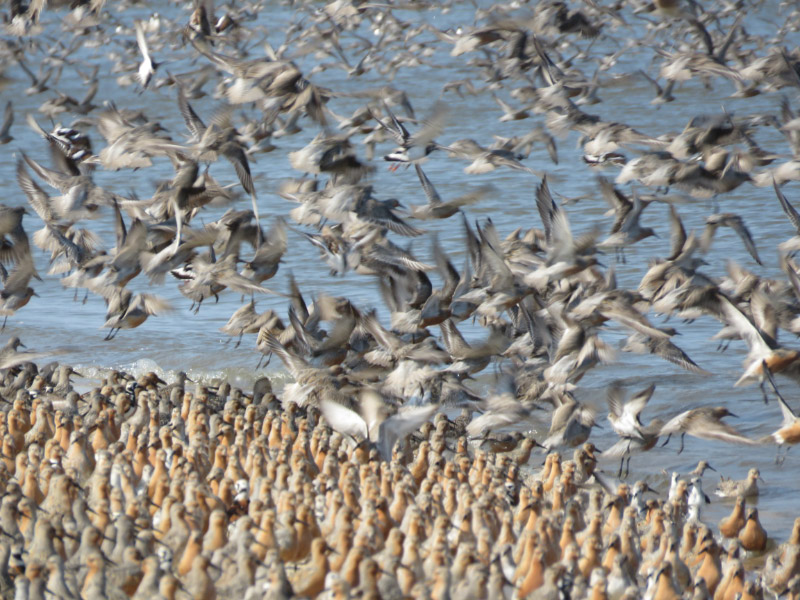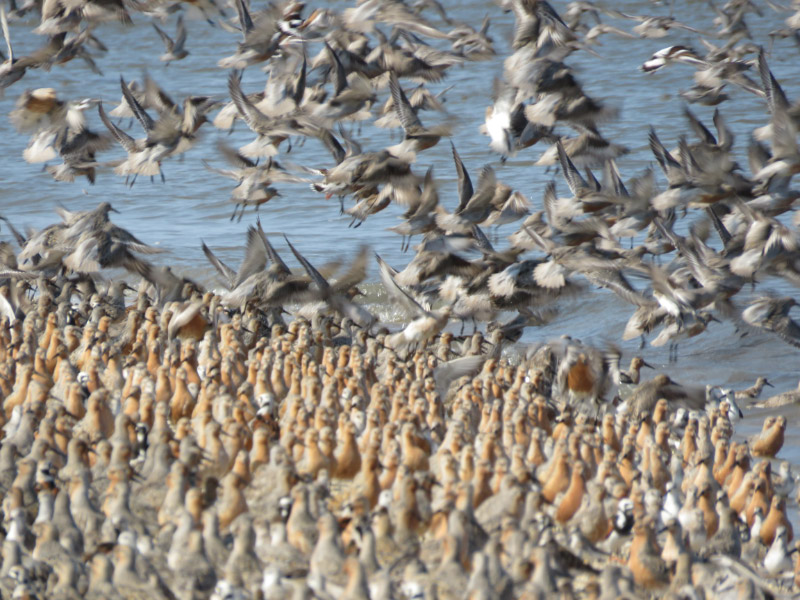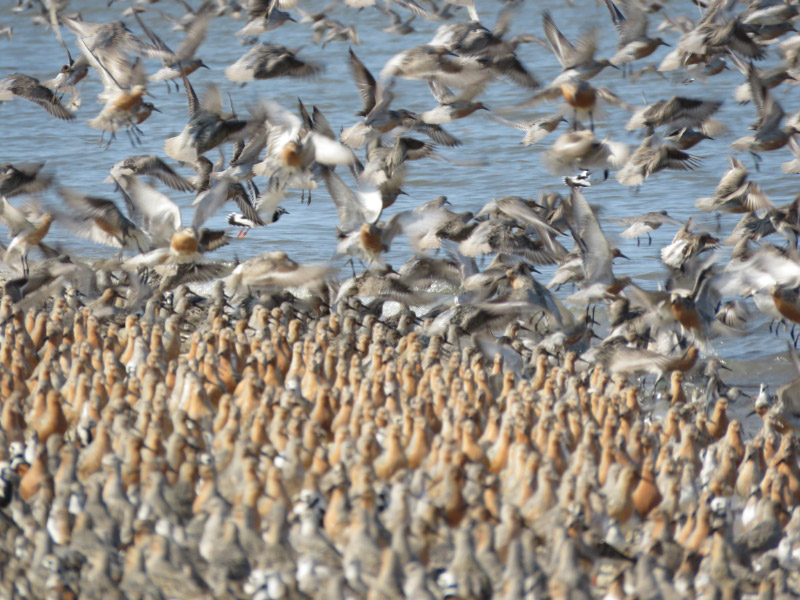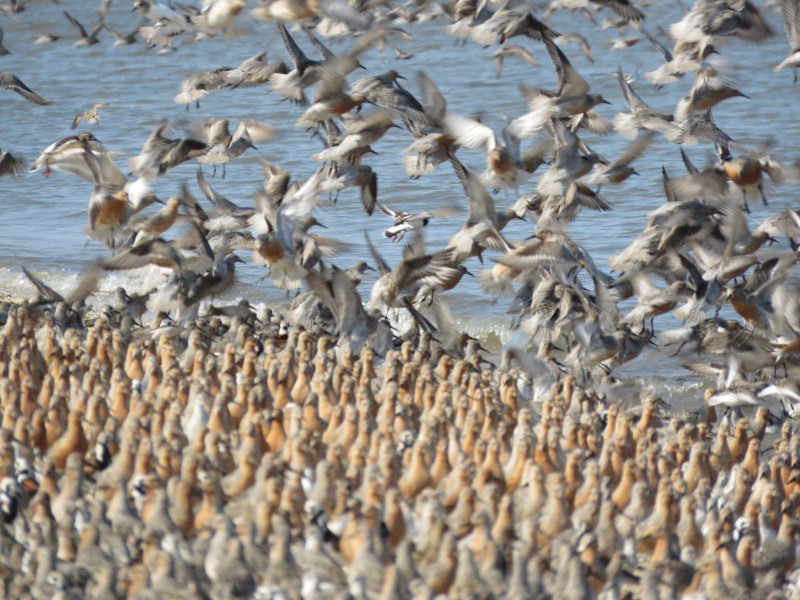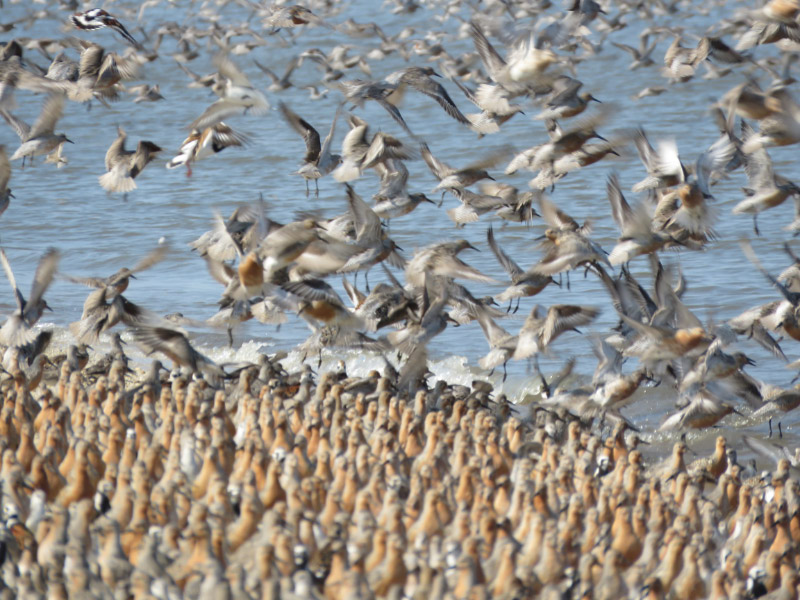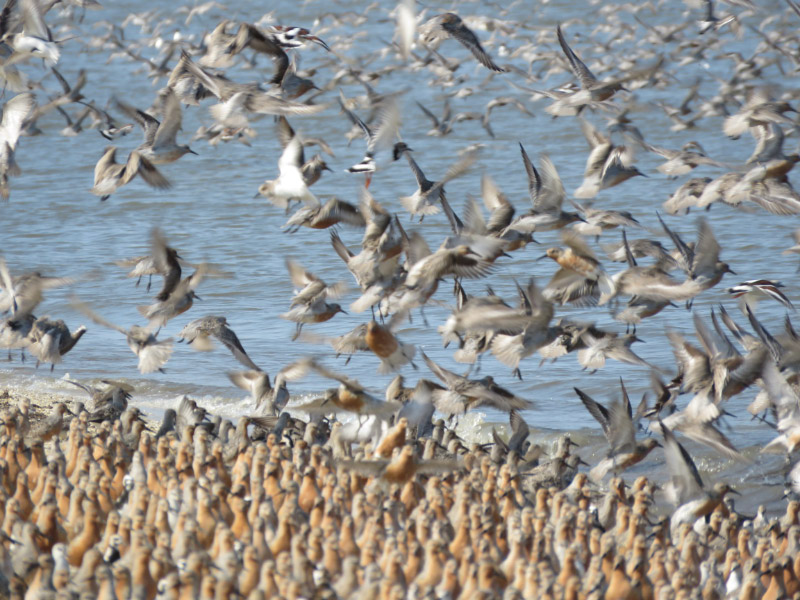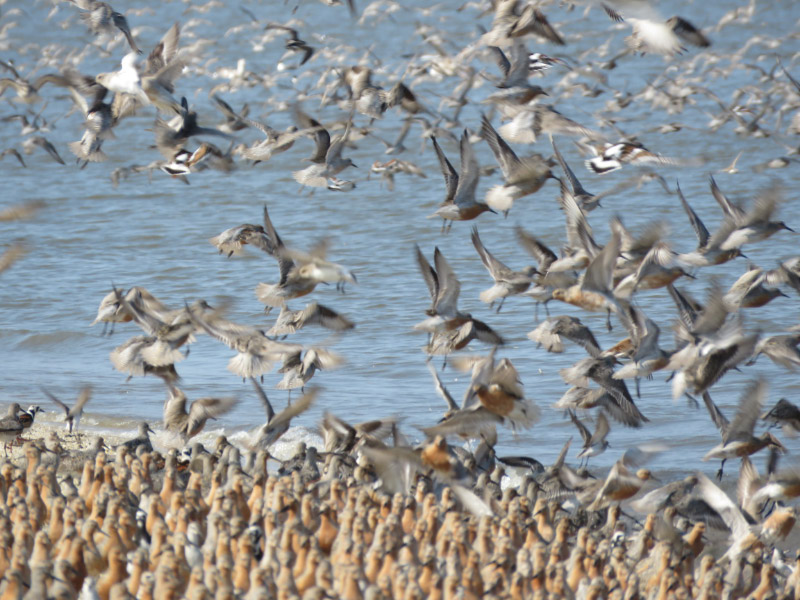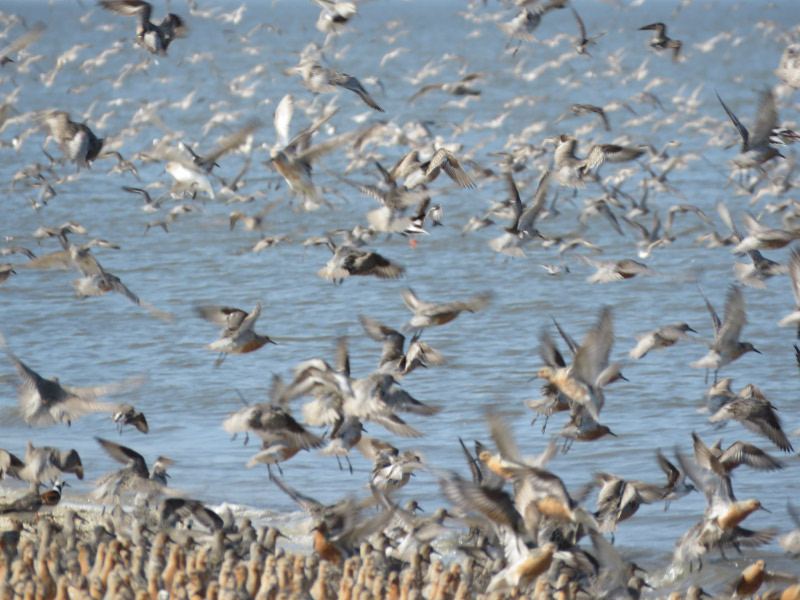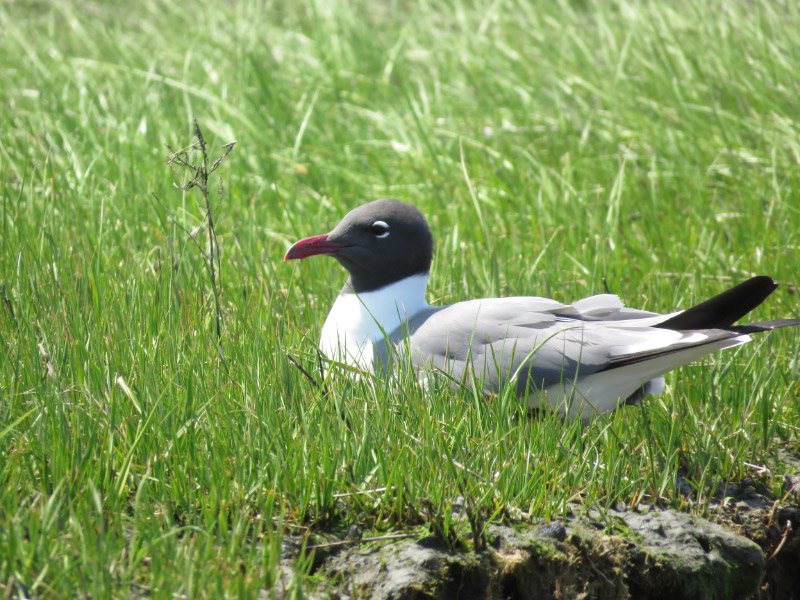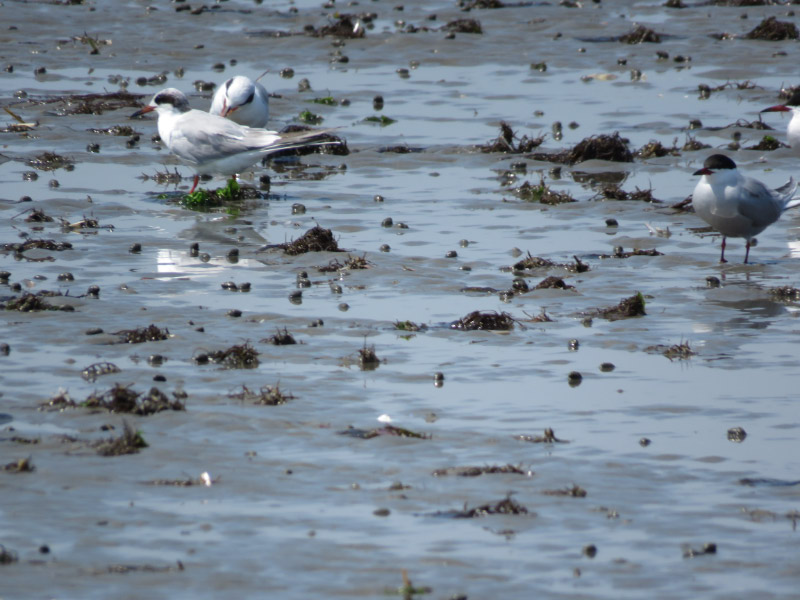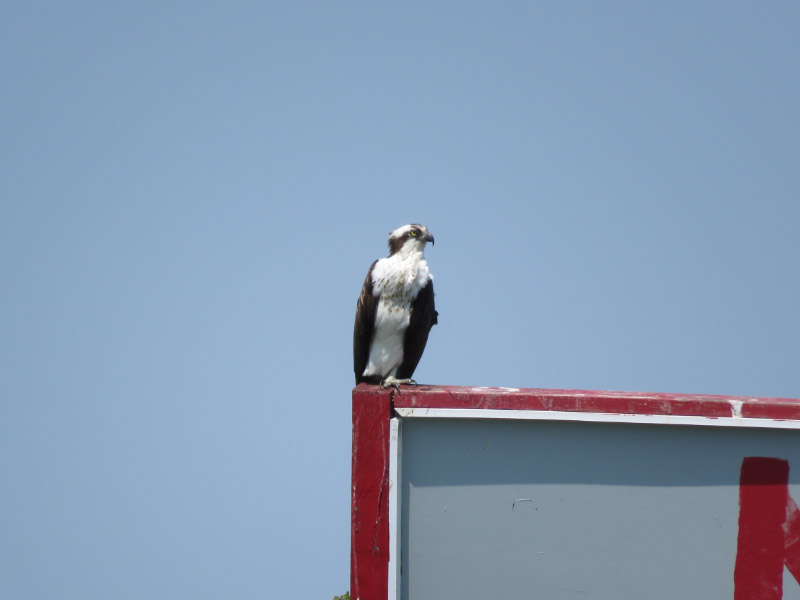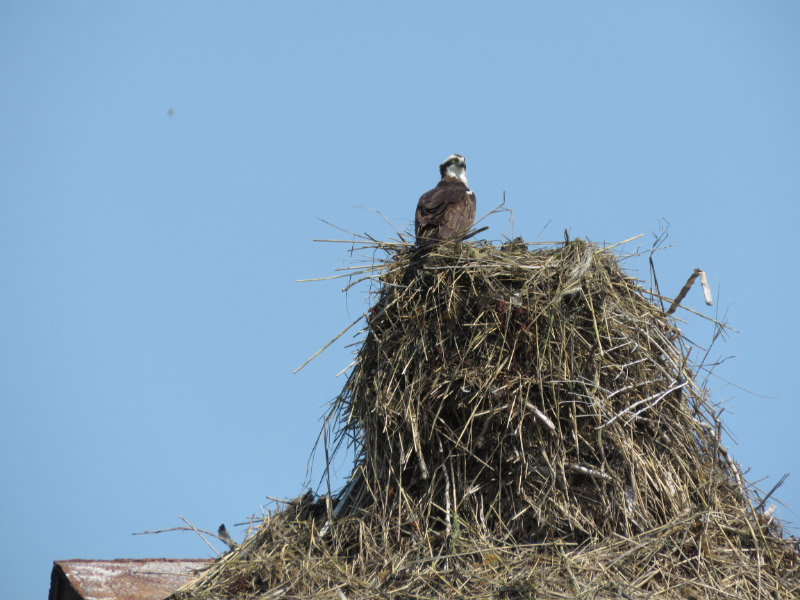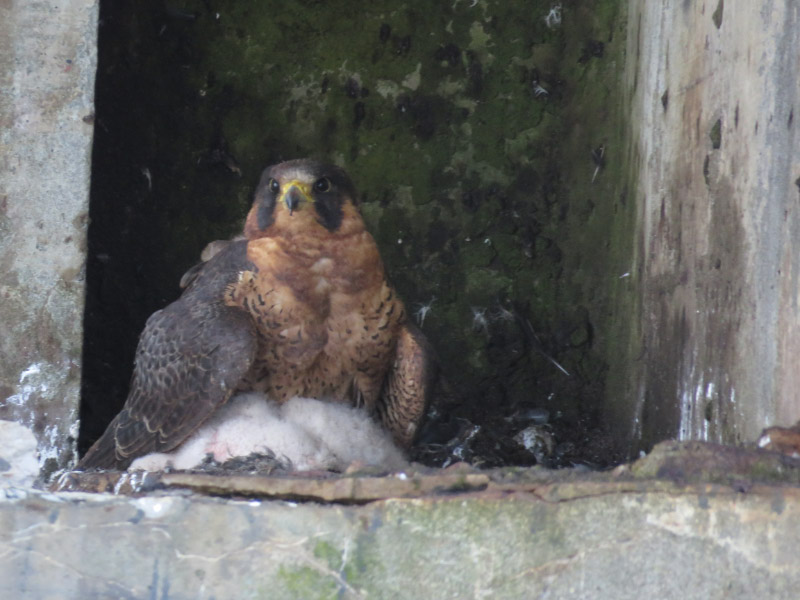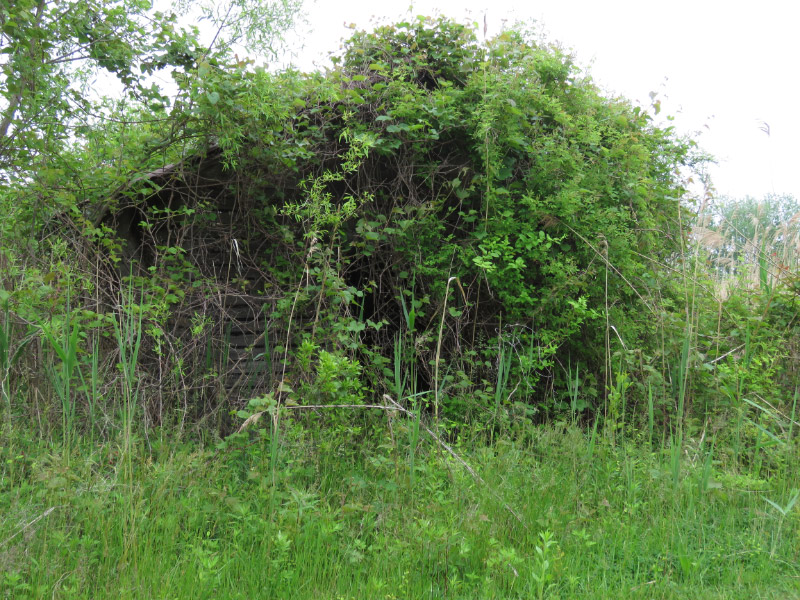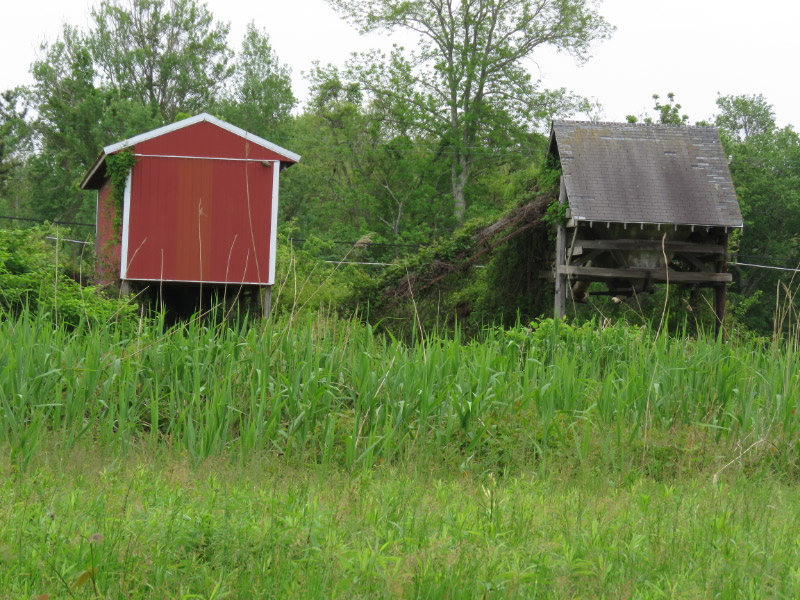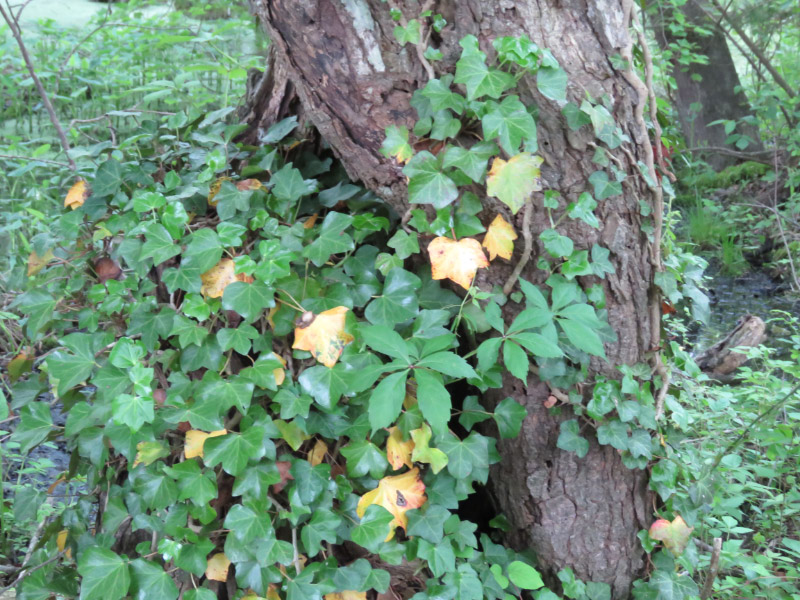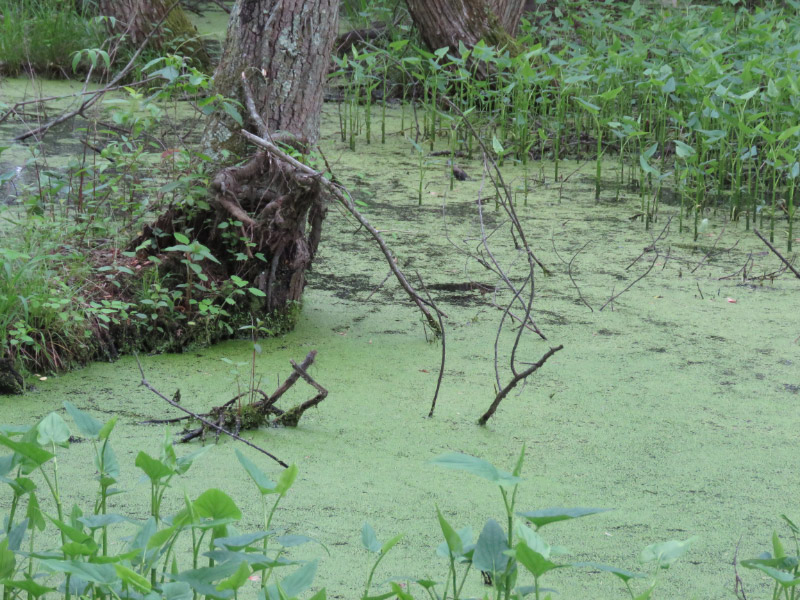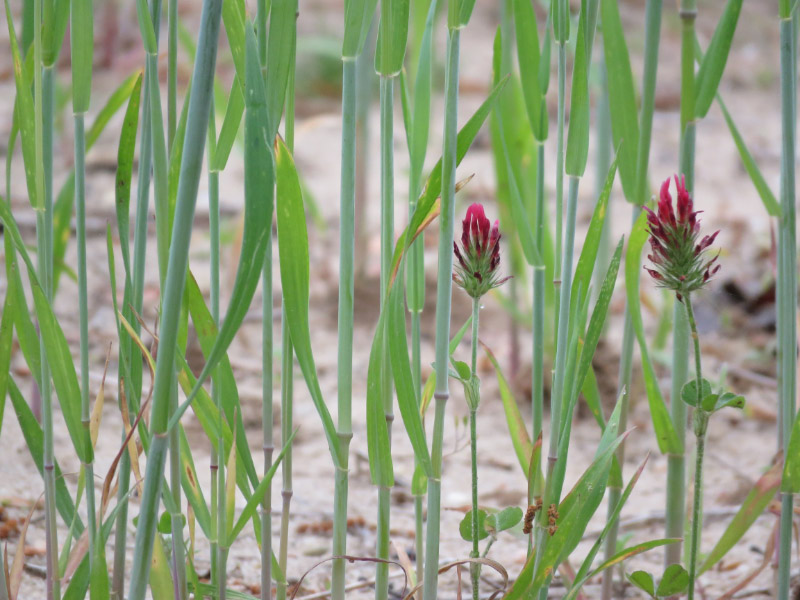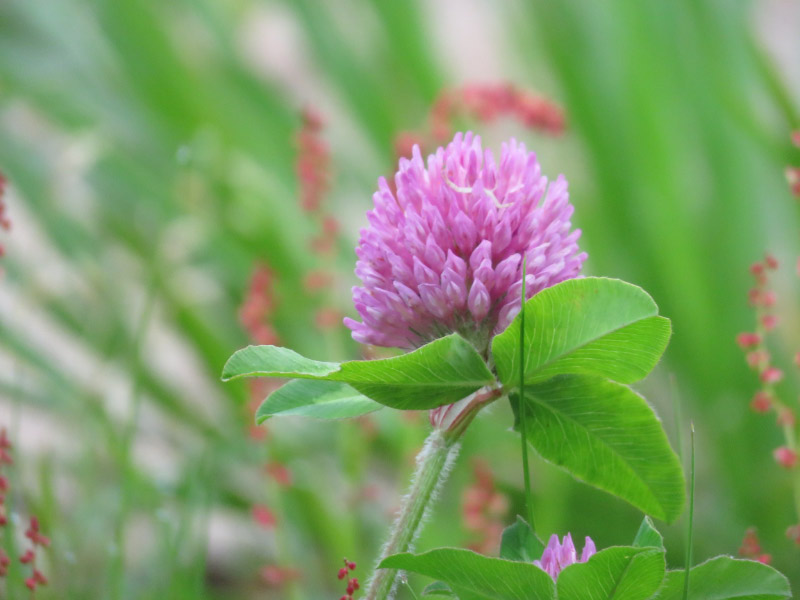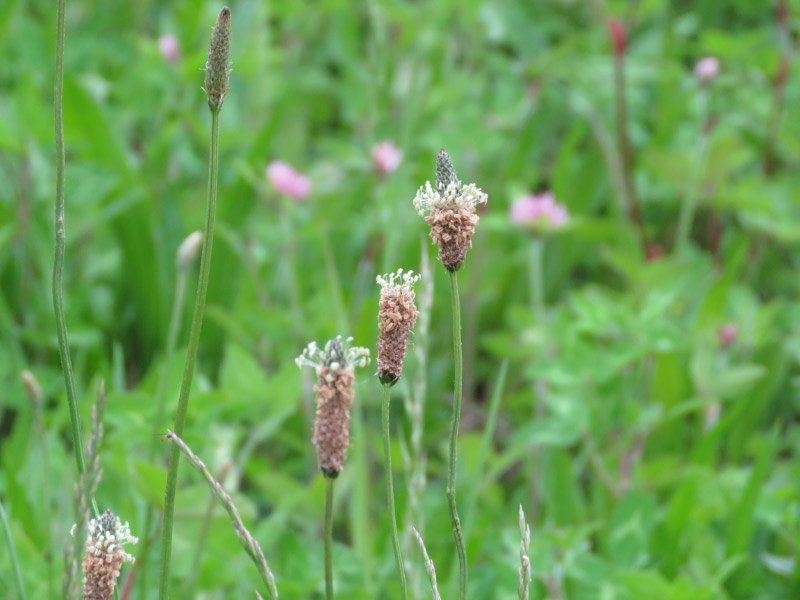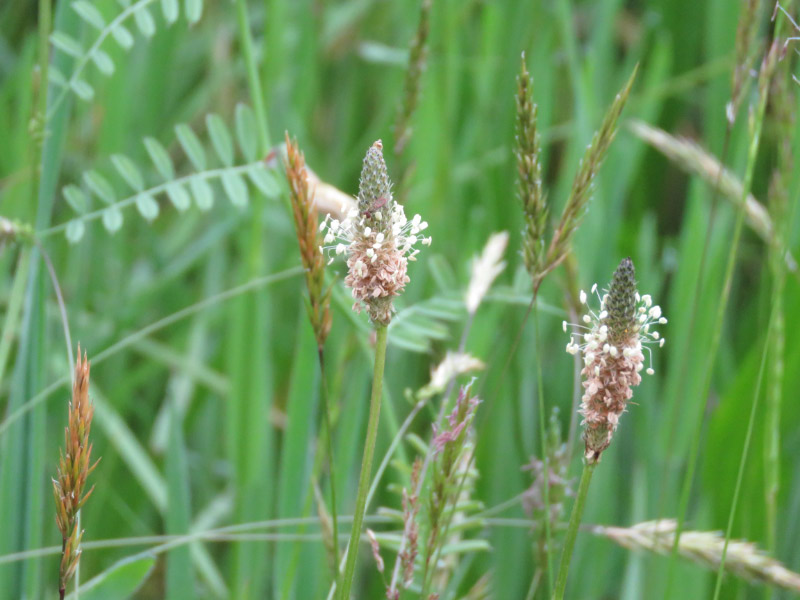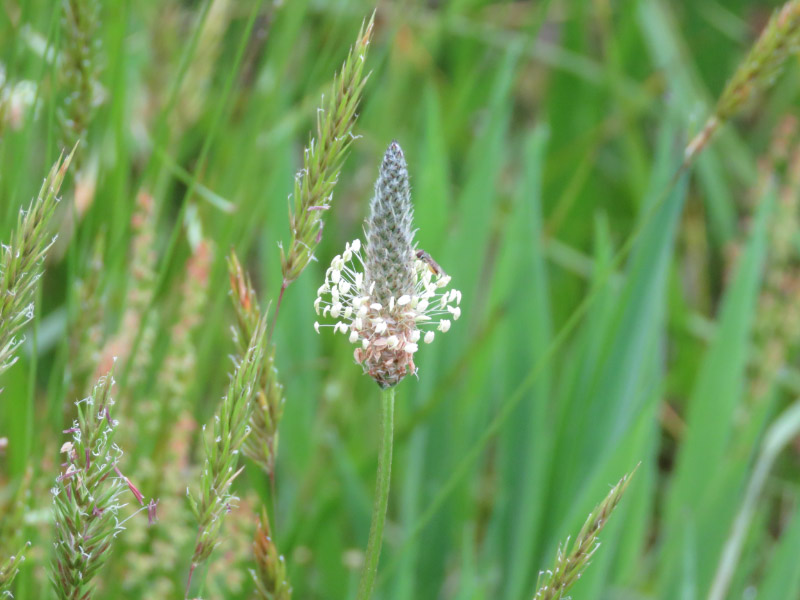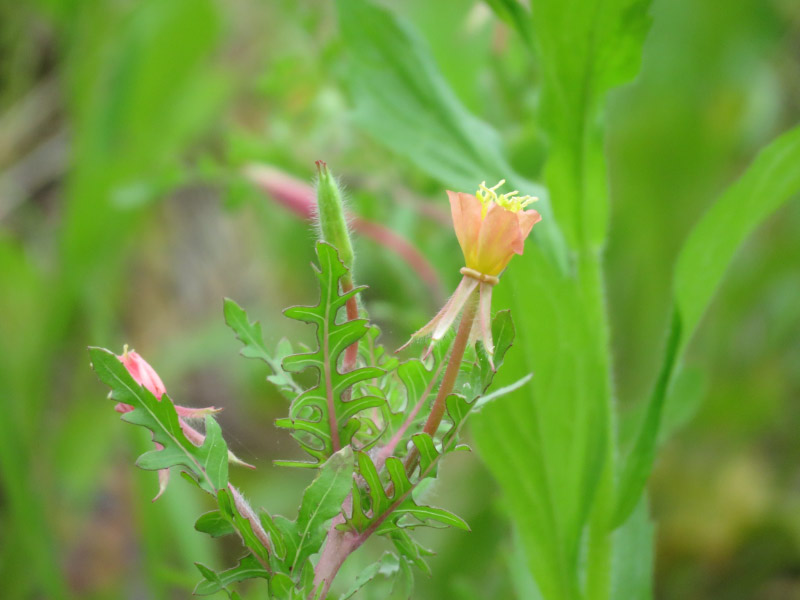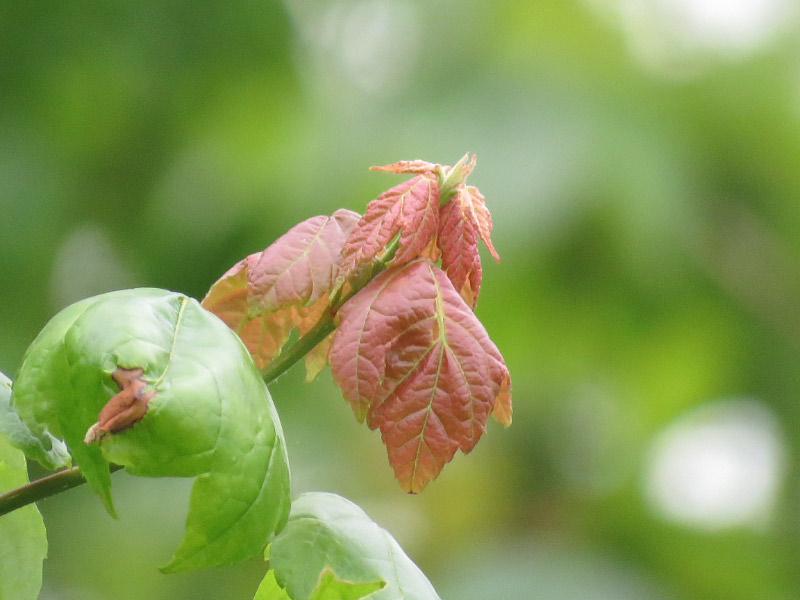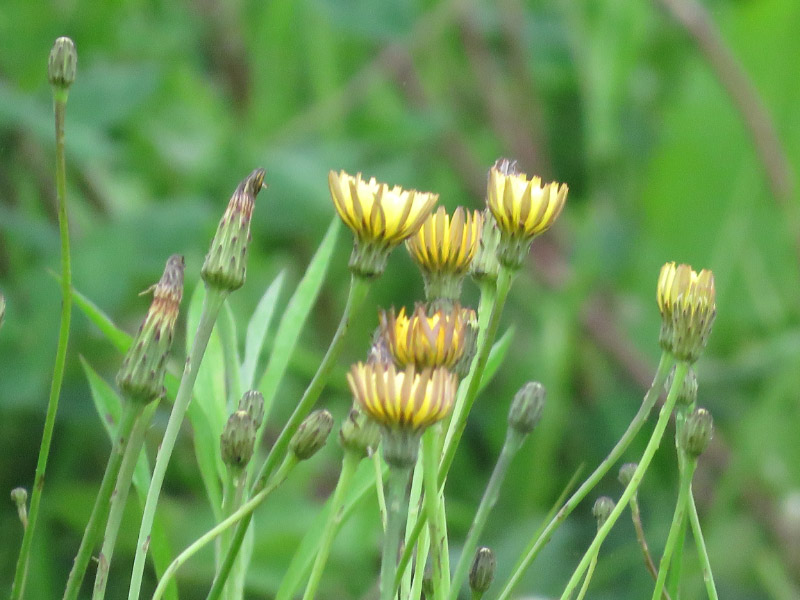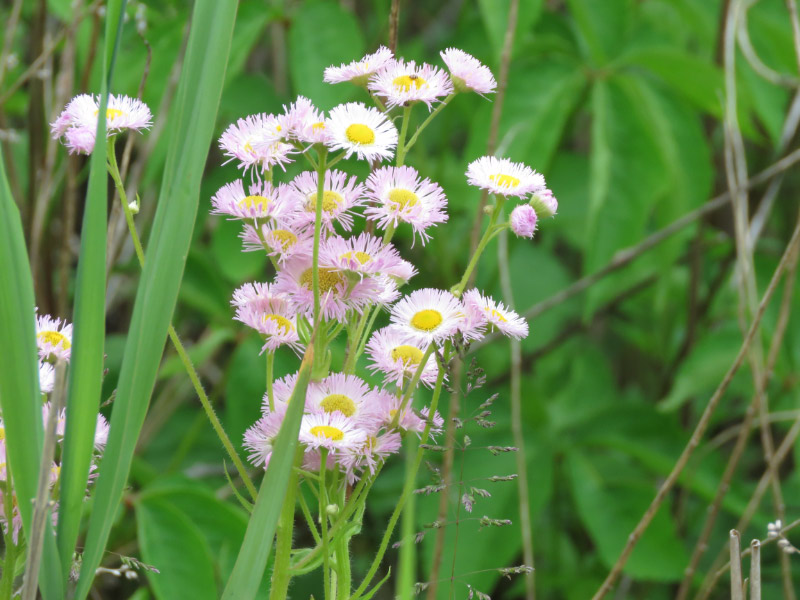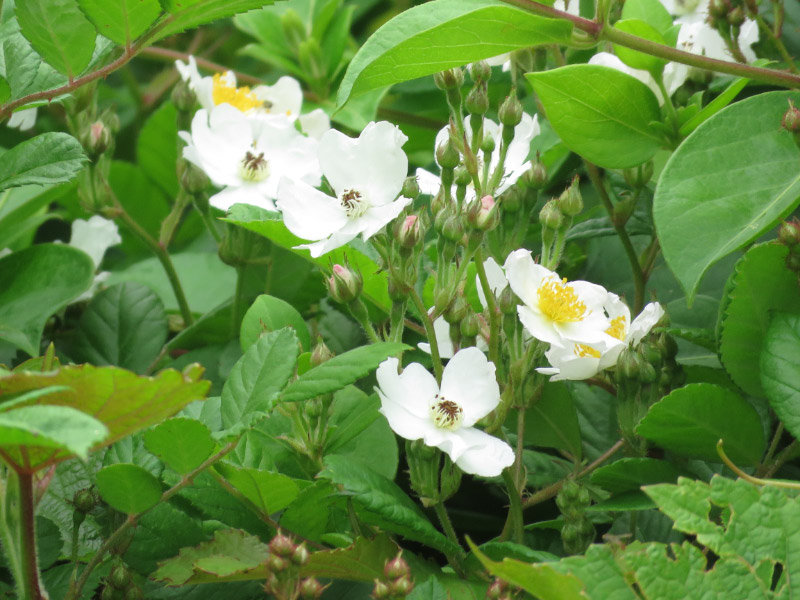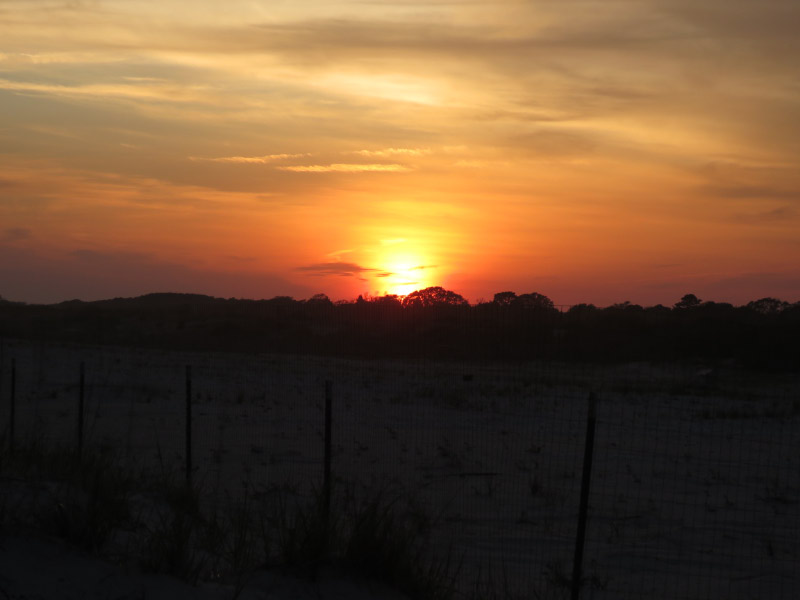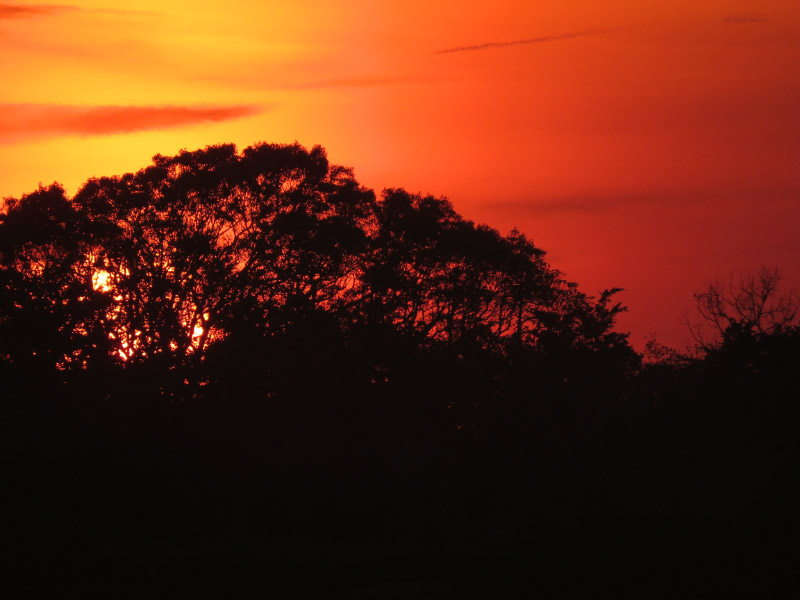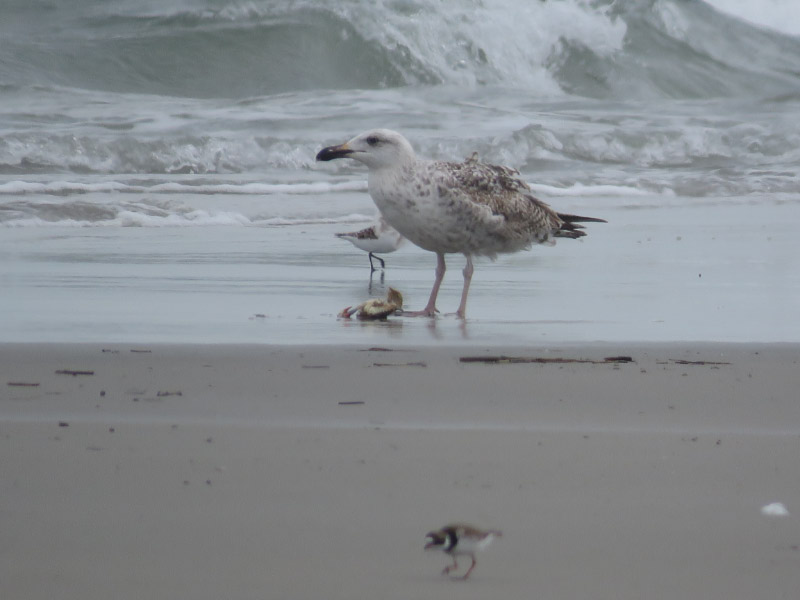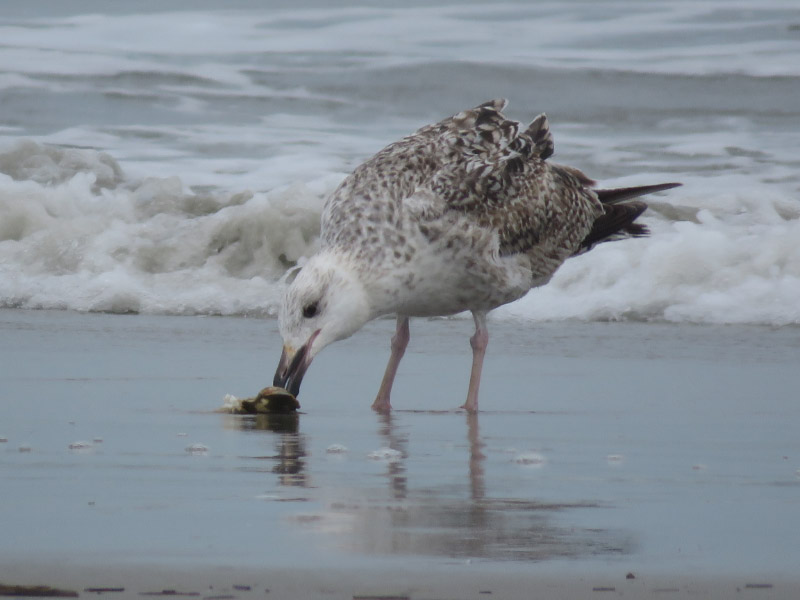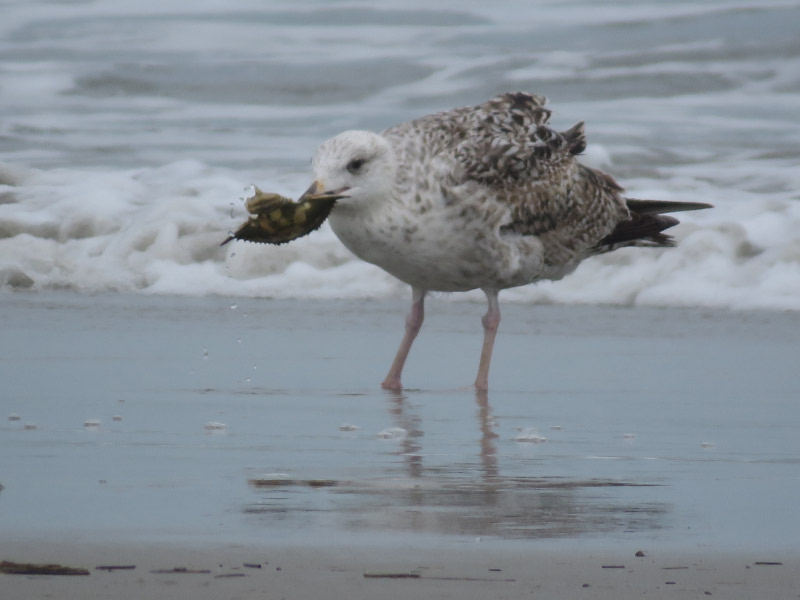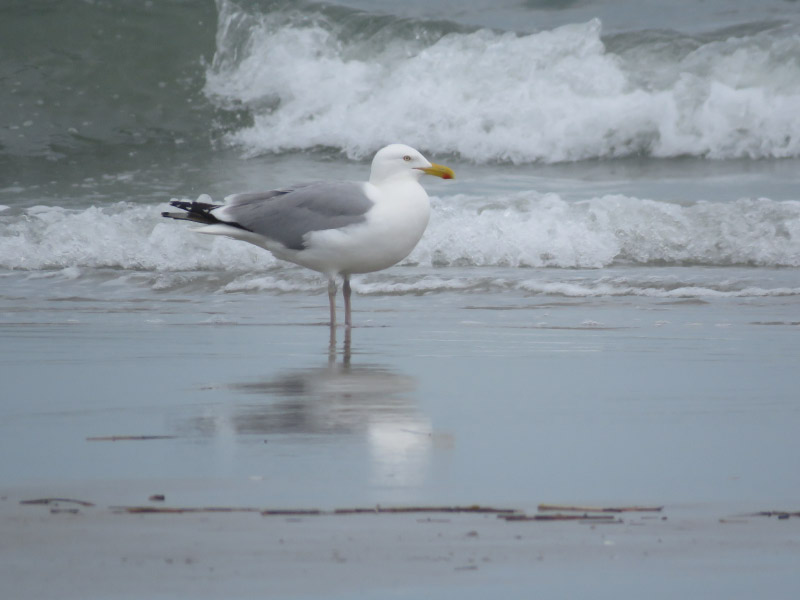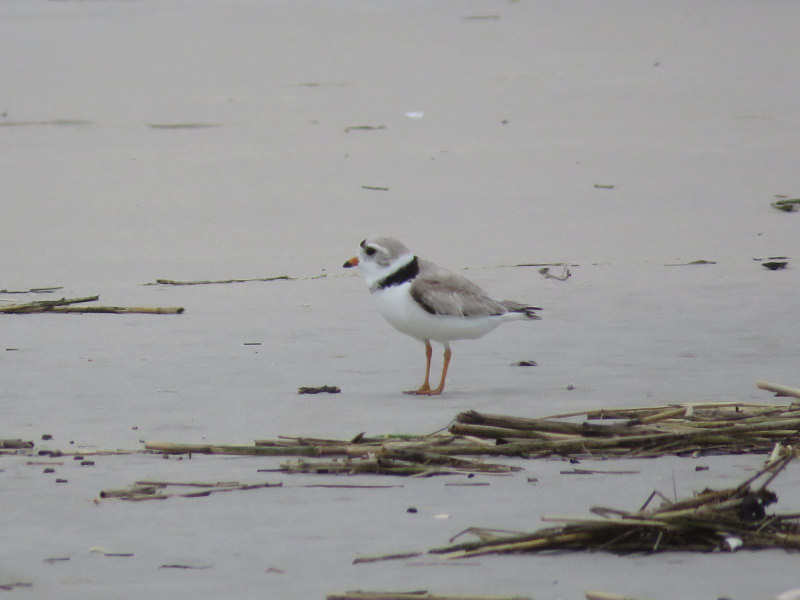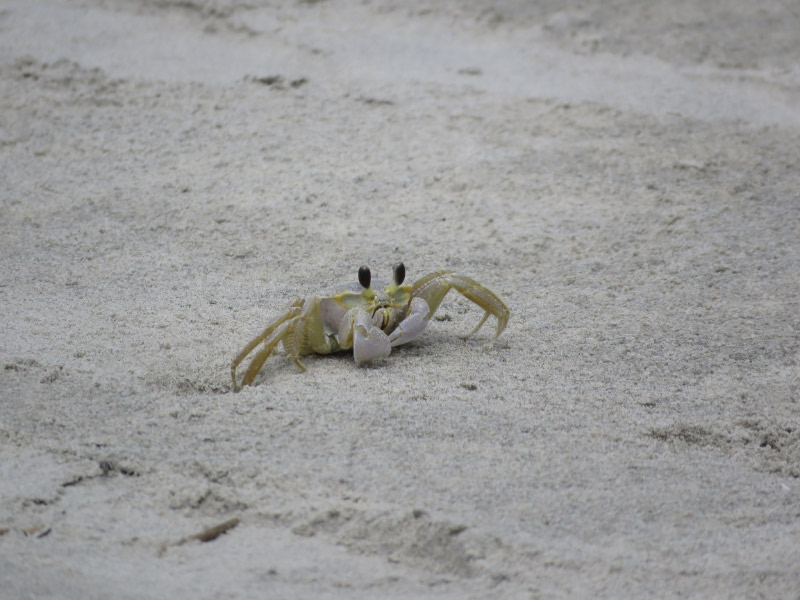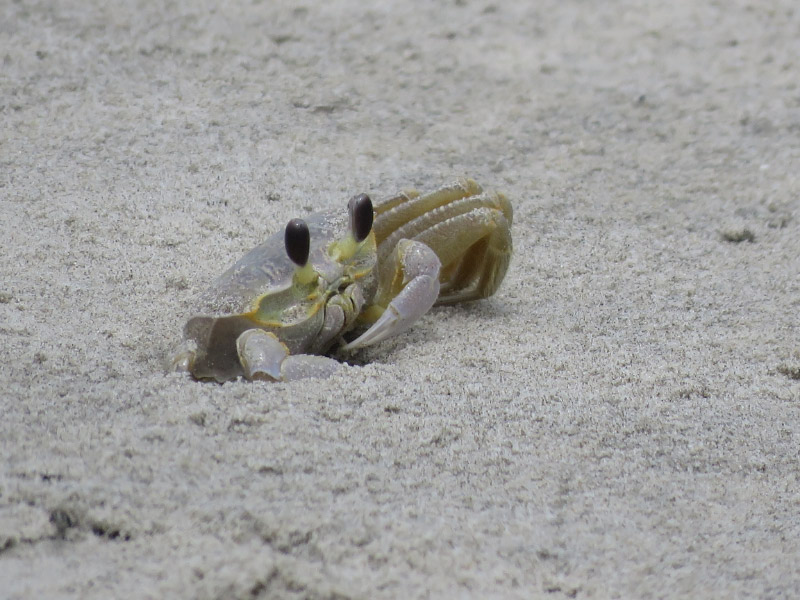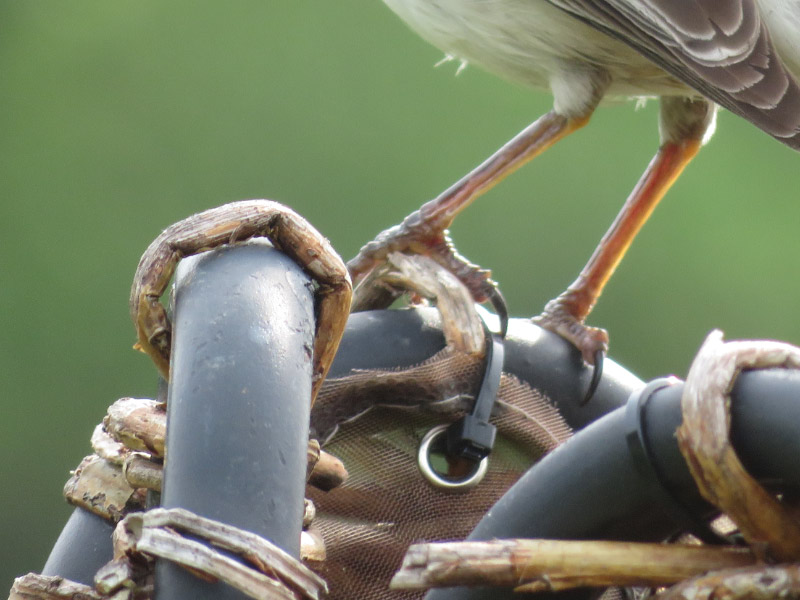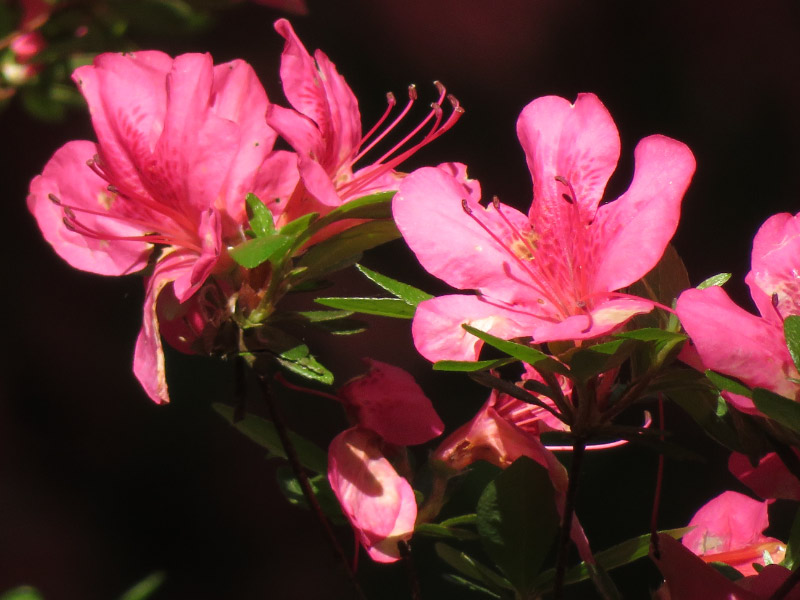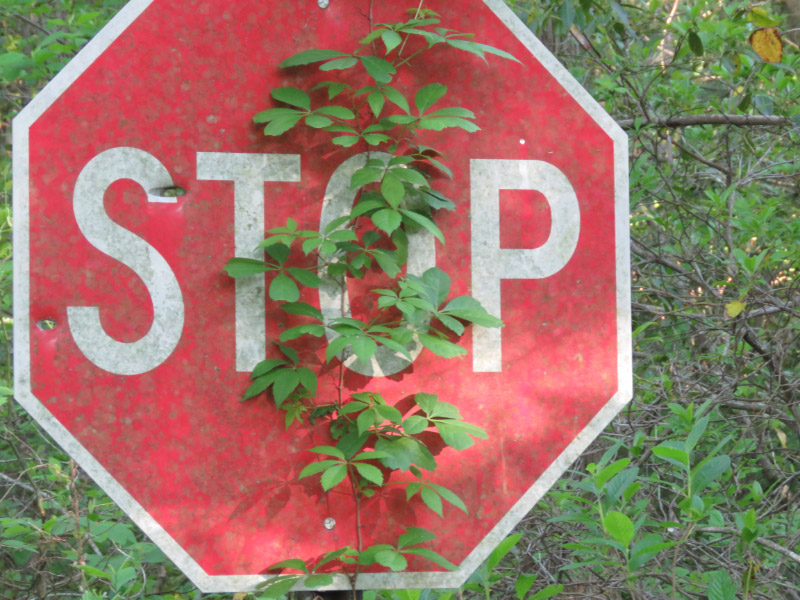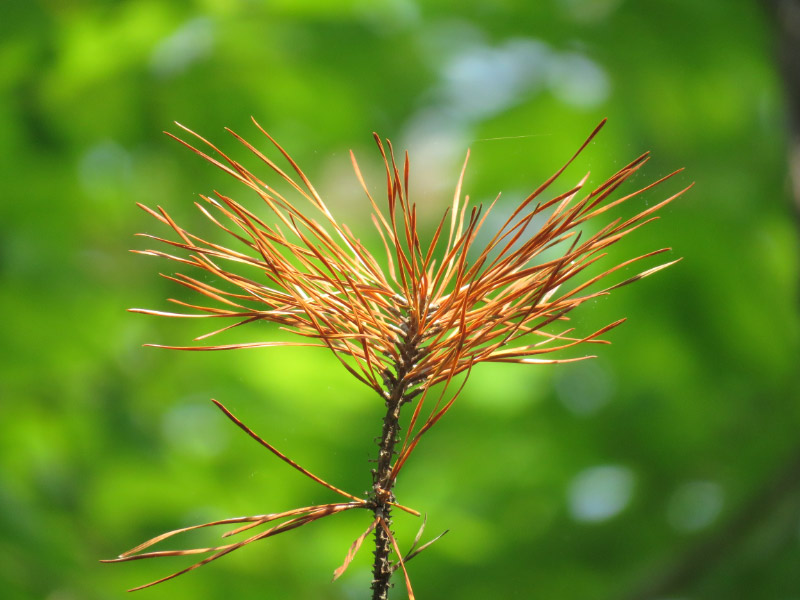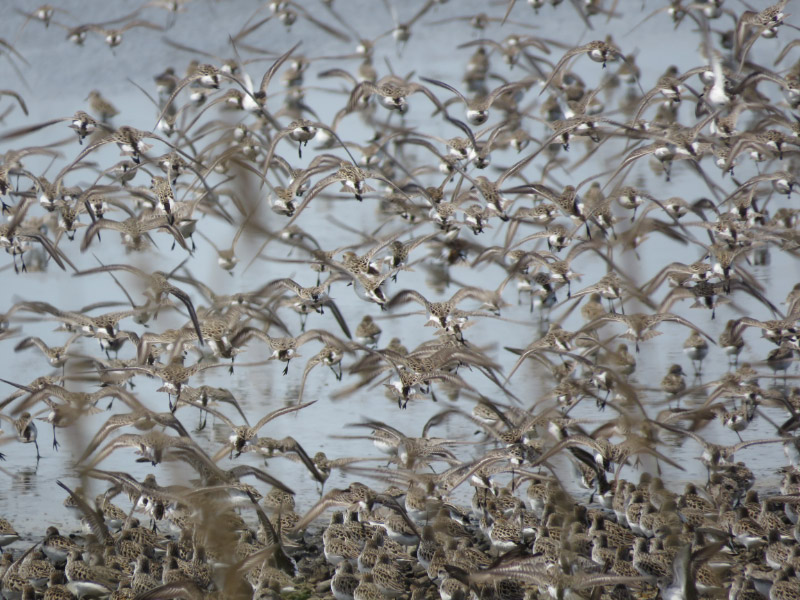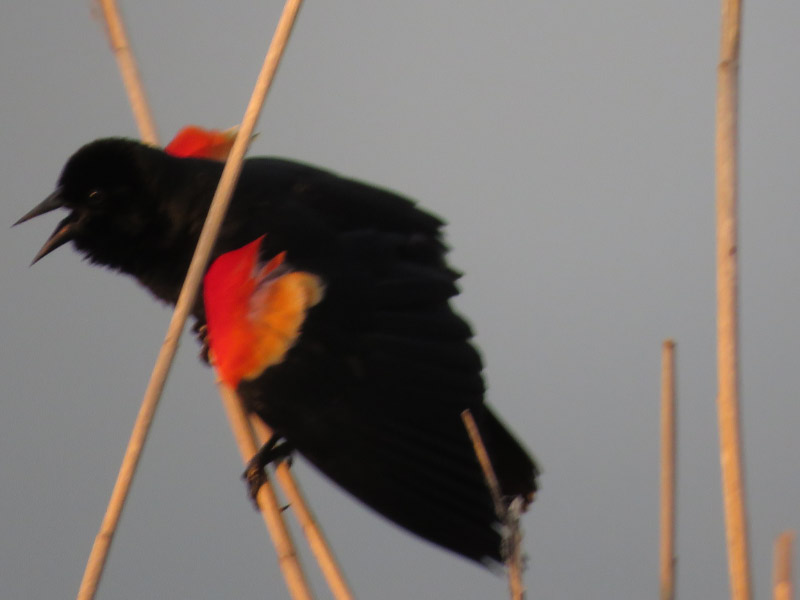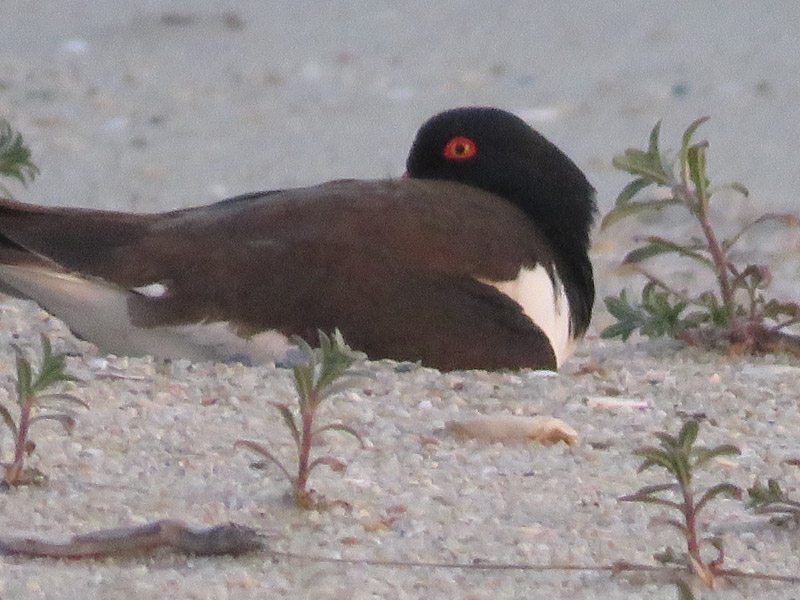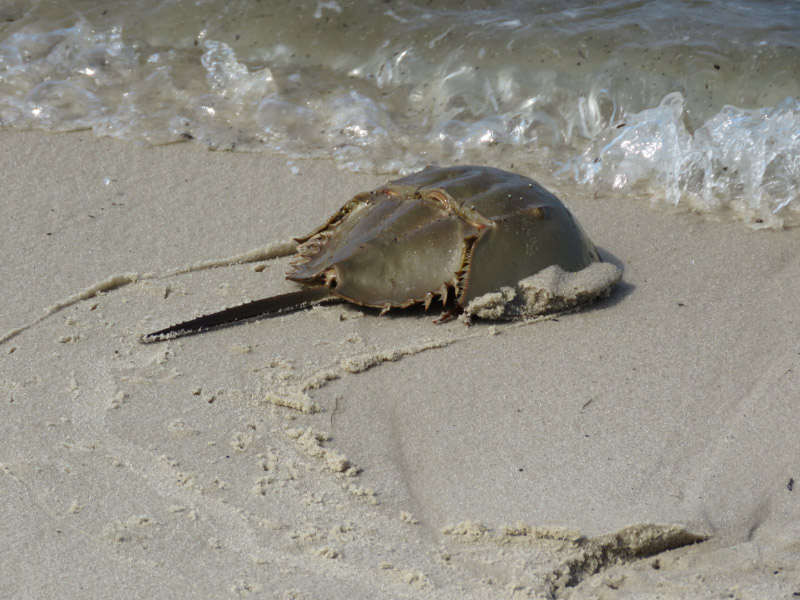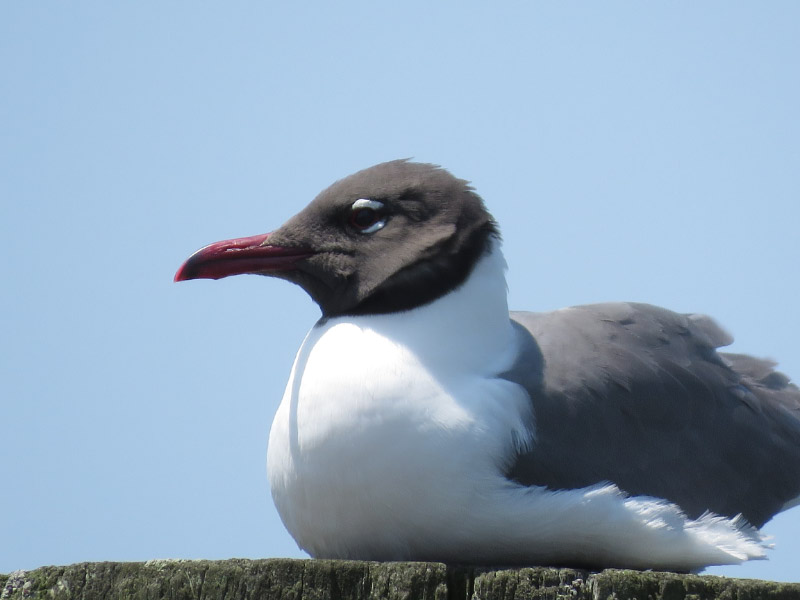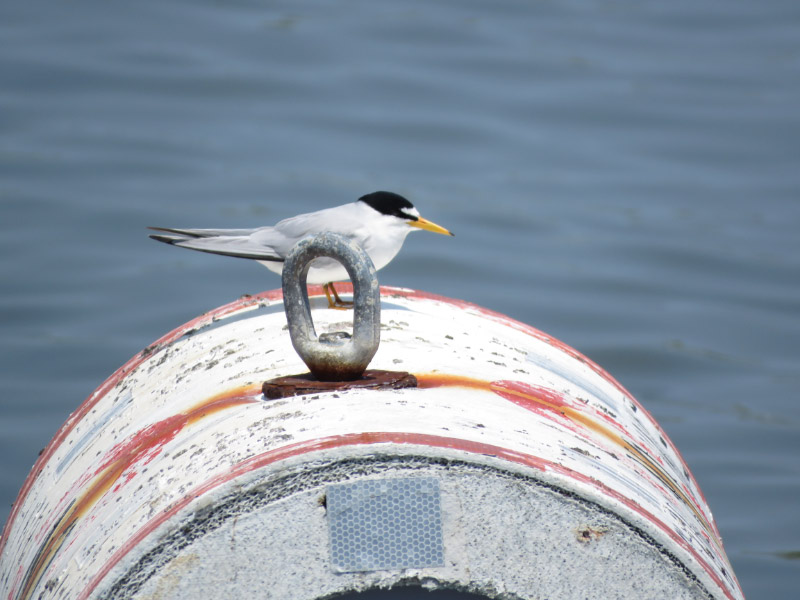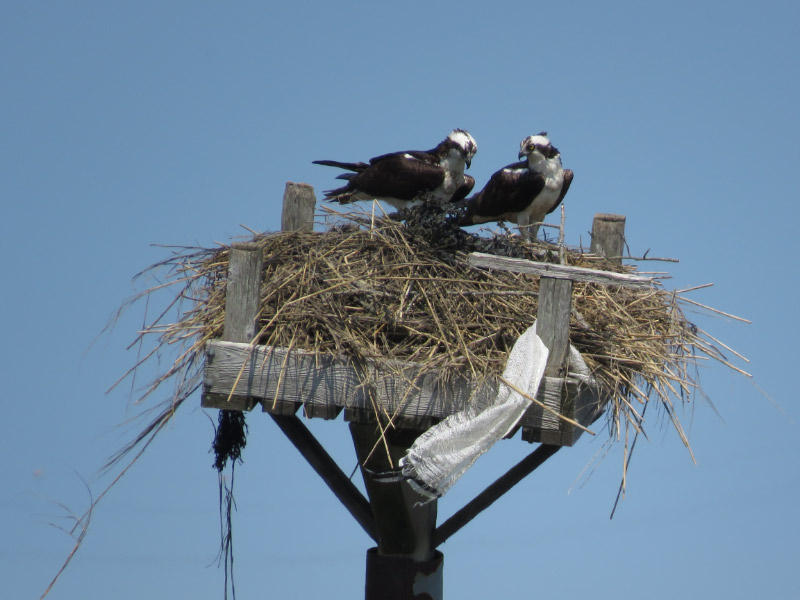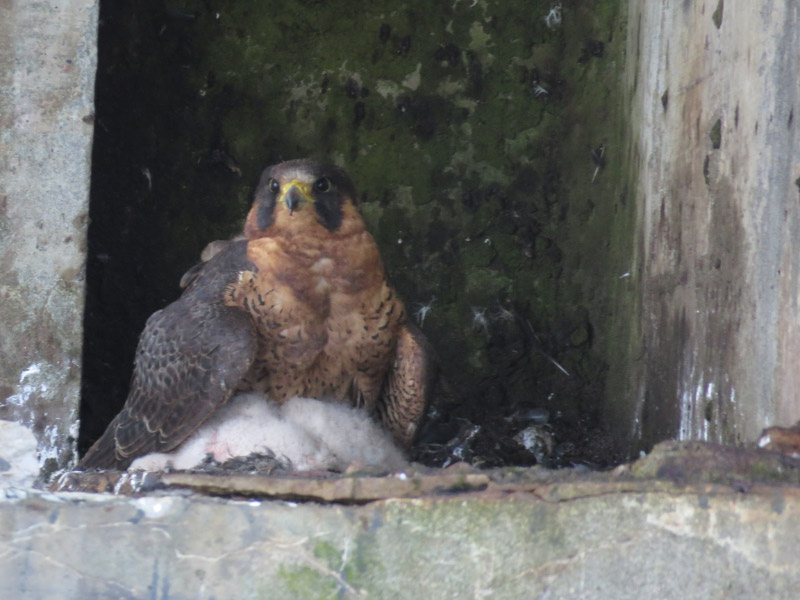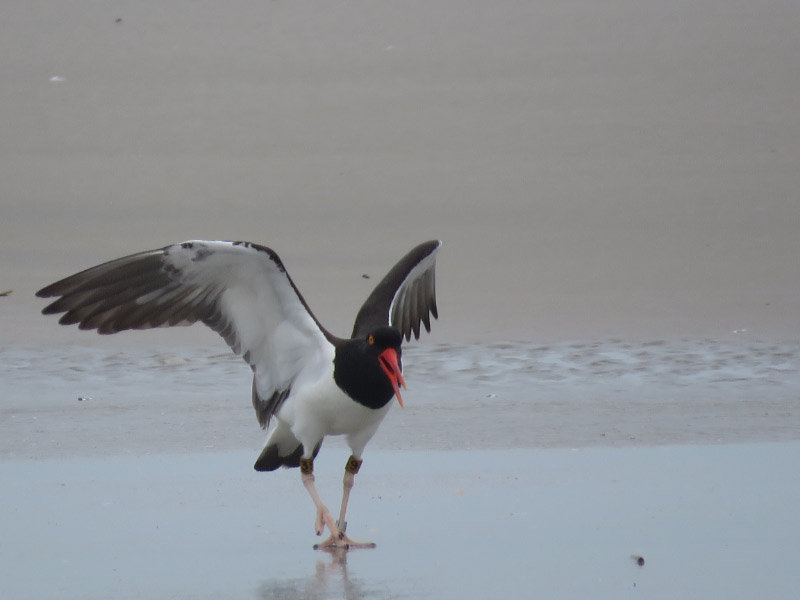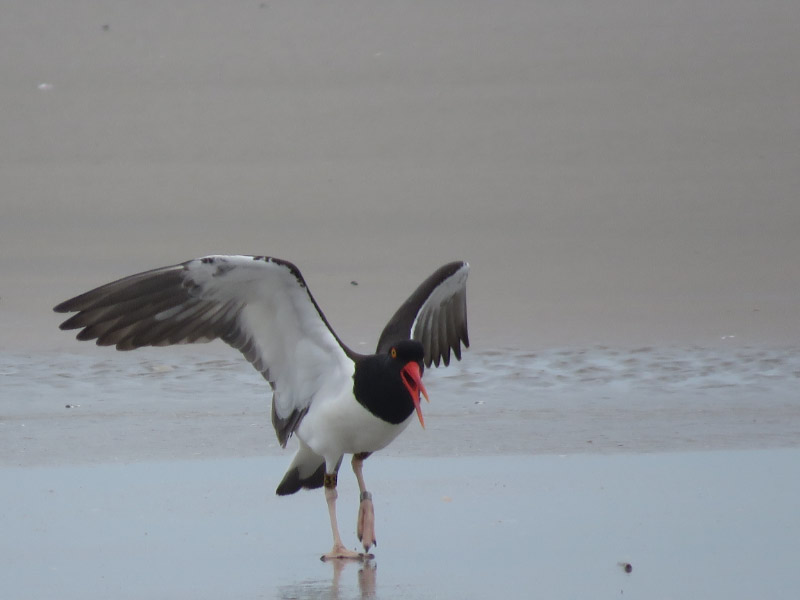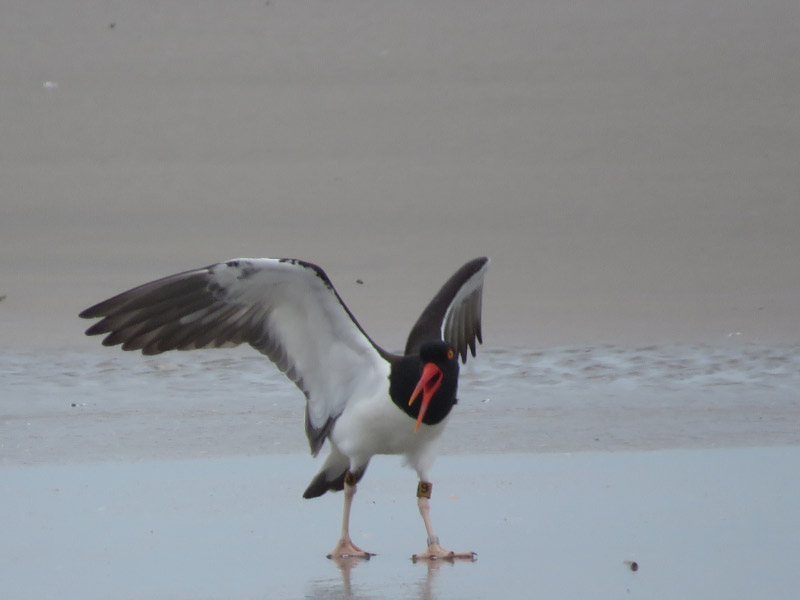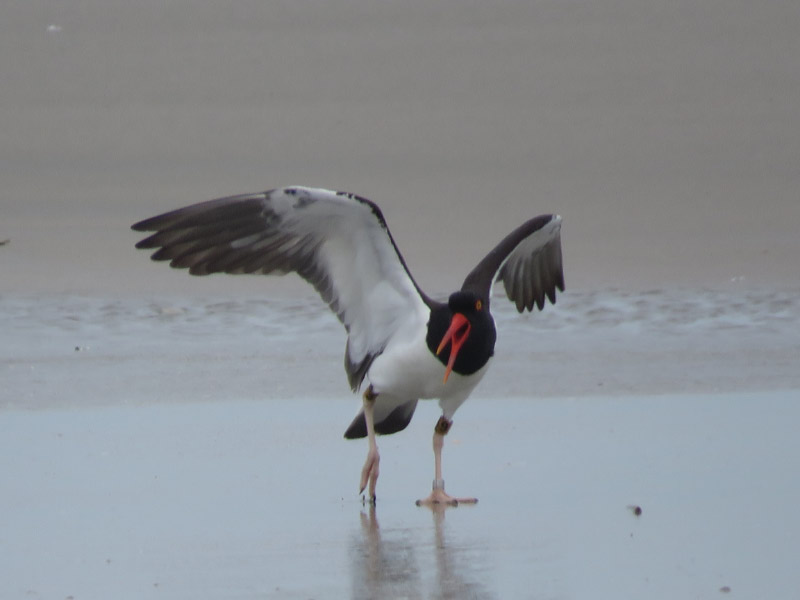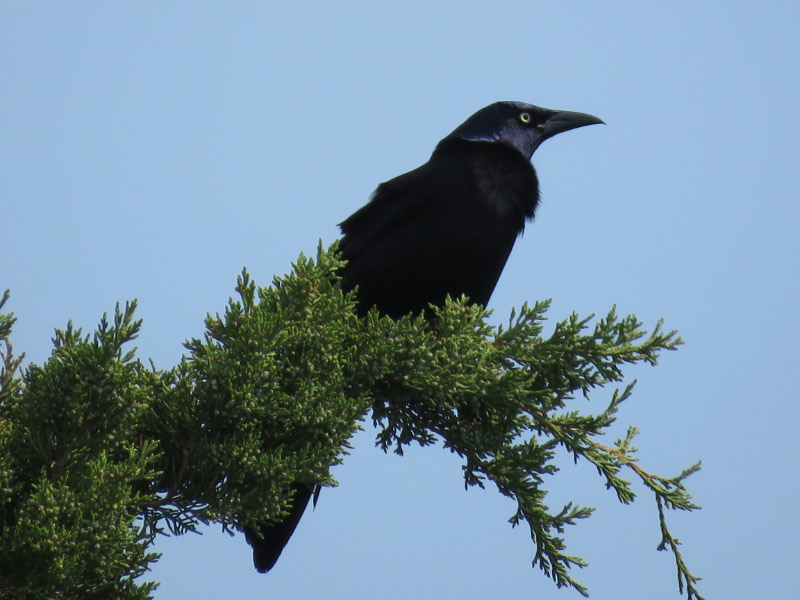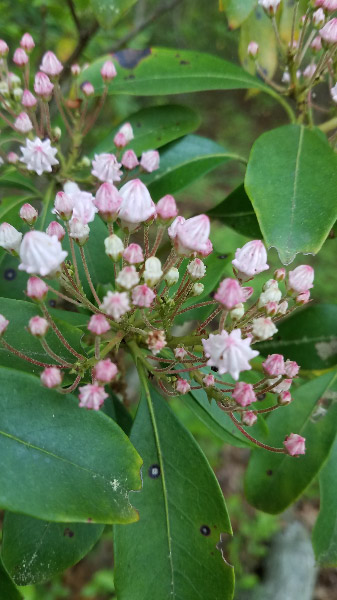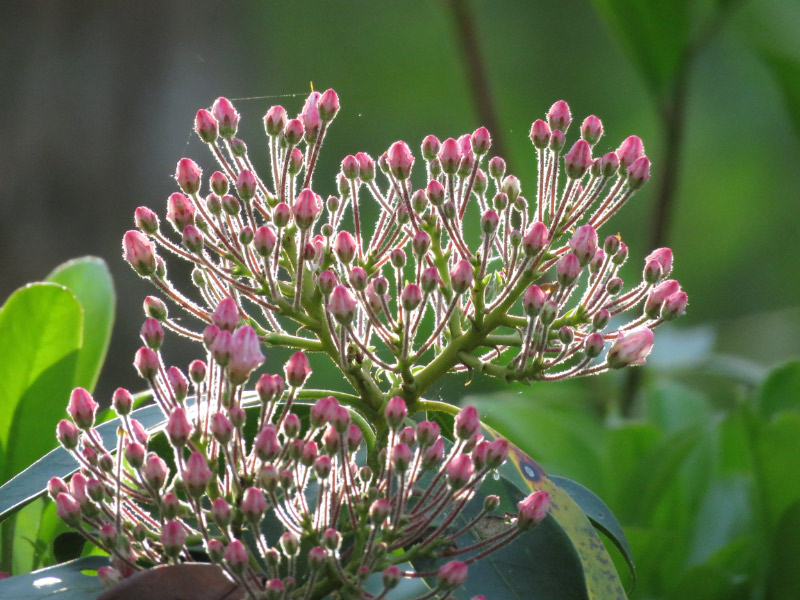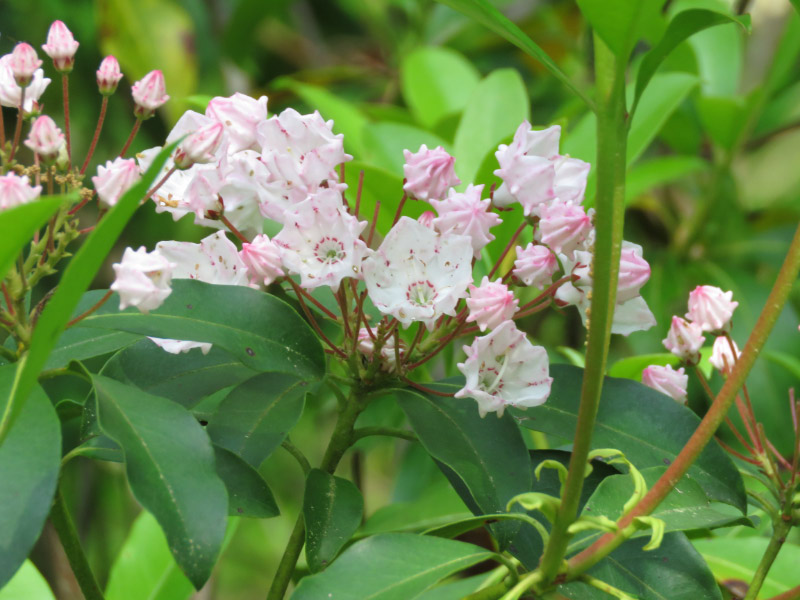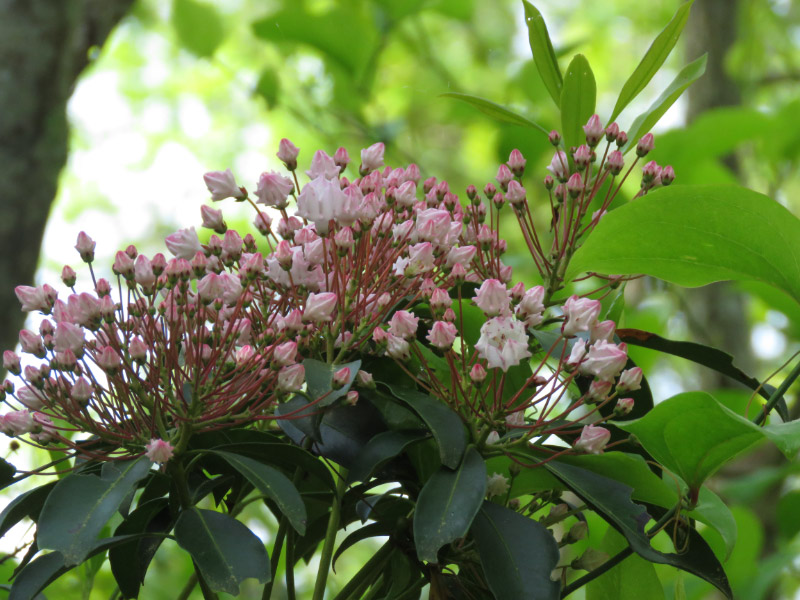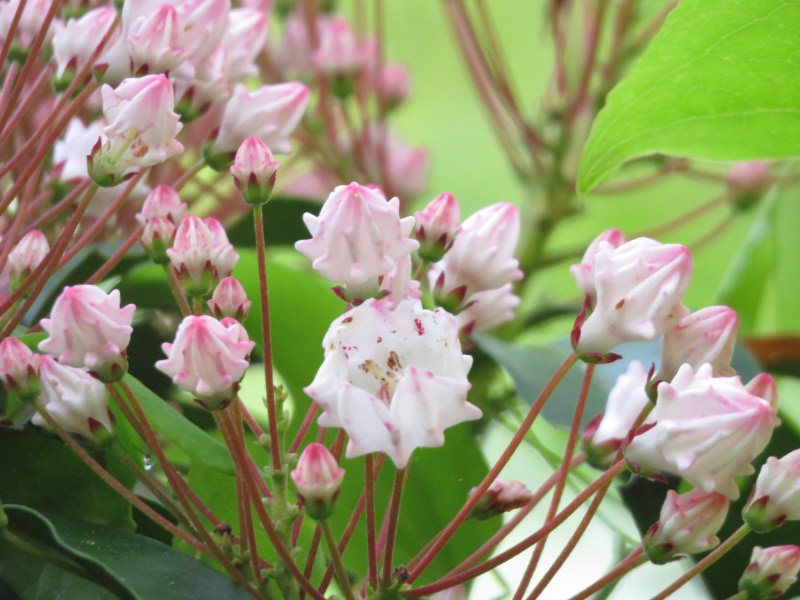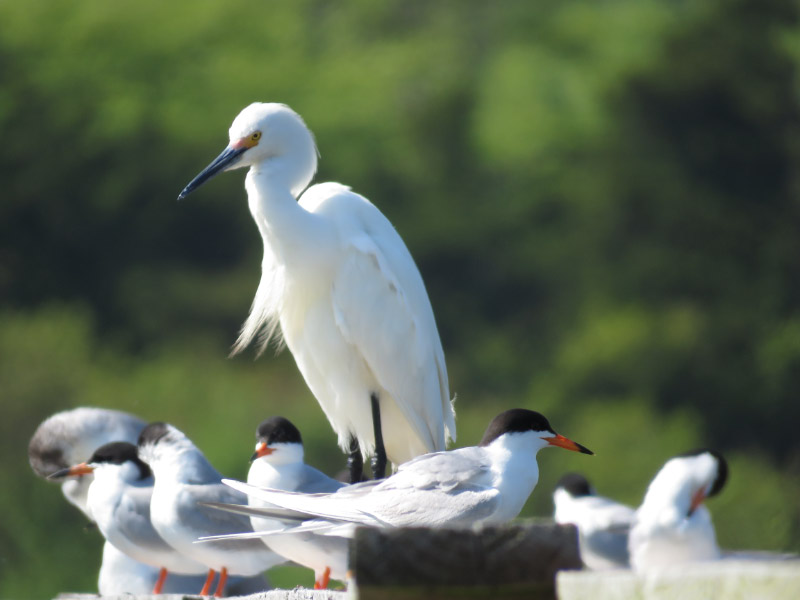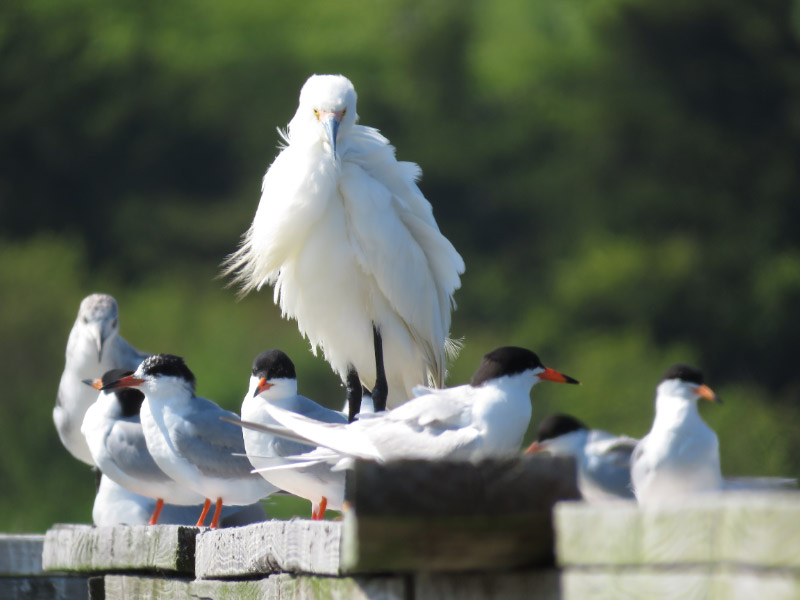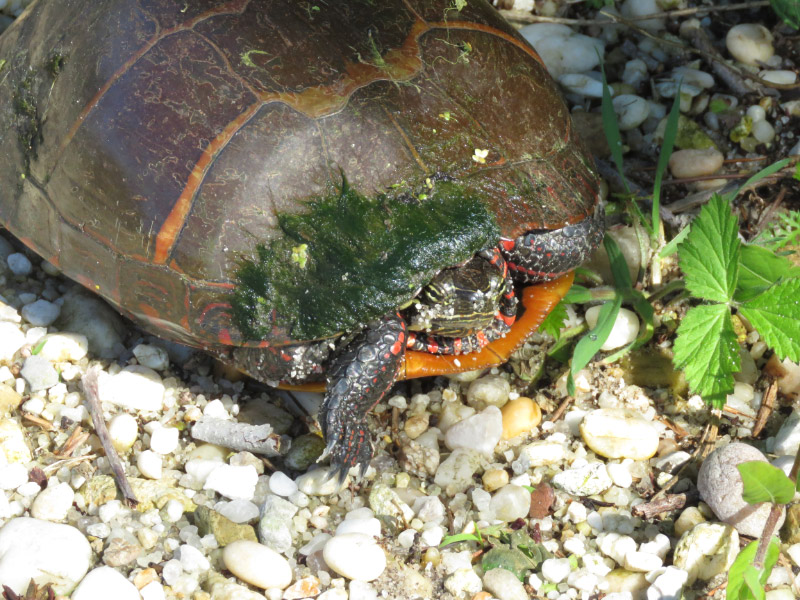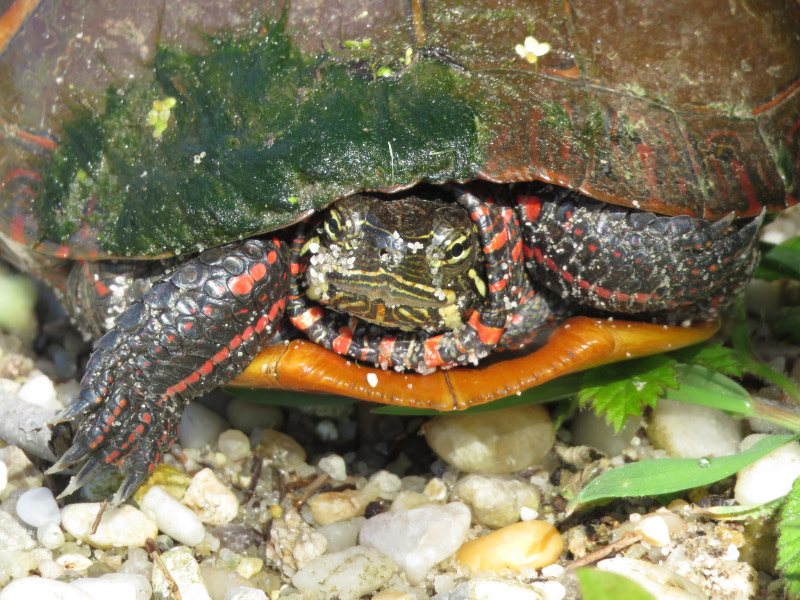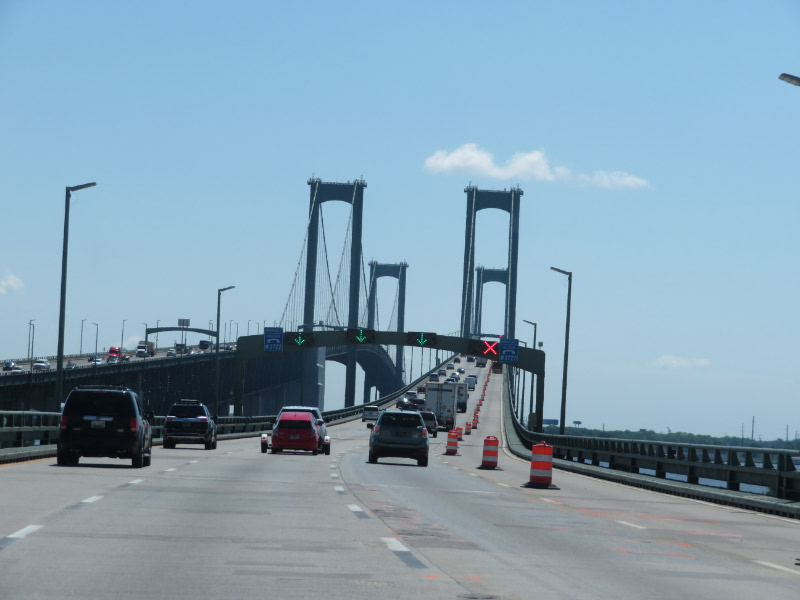Gleanings of the Week Ending June 22, 2019
/The items below were ‘the cream’ of the articles and websites I found this past week. Click on the light green text to look at the article.
The royal tombs of Ur reveal Mesopotamia's ancient splendor – From National Geographic - Leonard Woolley’s excavation of Ur in the 1920s.
Astronomers Worry New SpaceX Satellite Constellation Could Impact Research | Smart News | Smithsonian – Are telescopes on the surface of the earth doomed? Will we only be able to study the universe from space?
Americans May Be Ingesting Thousands of Microplastics Every Year | Smart News | Smithsonian and Hawaii’s newest black sand beach already contains plastic pollution – Plastics everywhere...and there is growing evidence that it is negatively impacting life on our planet. What are we doing about it?
Image of the Day: Hot Stripes | The Scientist Magazine® - Did you know that zebras can raise the black stripes separately from the white stripes!
Top 25 Wild Bird Photographs of the Week: Communication – National Geographic Society – Birds…never can resist including a wild bird photo collections.
BBC - Future - How modern life is transforming the human skeleton – The way we live – written in our bones.
New Jersey 100% Renewable Energy Plan -- More Fiber, Less Fluff | CleanTechnica – Hurray for New Jersey….having a tangible plan to use zero carbon energy by 2050.
Eliminating packaging is a good start – but here's what supermarkets should do to stop harming the planet – I’ve made it a point to reduce the amount of packaging when I shop; I am way past the easy things…and up against the way groceries operate in my area. I buy local produce through my CSA for 5 months of the year (a good way to eliminate packaging, eat seasonally, and reduce food transportation costs) but the other 7 months of the year, I’m back to the typical grocery store for produce.
How old are your organs? -- ScienceDaily - To scientists' surprise, organs are a mix of young and old cells: Scientists discover cellular structures with extreme longevity, leading to insights for age-associated diseases.
Tropical Cyclones are Stalling More – Hurricane Harvey (Texas)….Tropical storm Fay (Florida)…Hurricane Florence (North Carolina) – All three storms caused a lot of damage to the coasts when they lingered over the coastal area becoming prolific rain producers. Is this the new normal for Atlantic Hurricanes?










